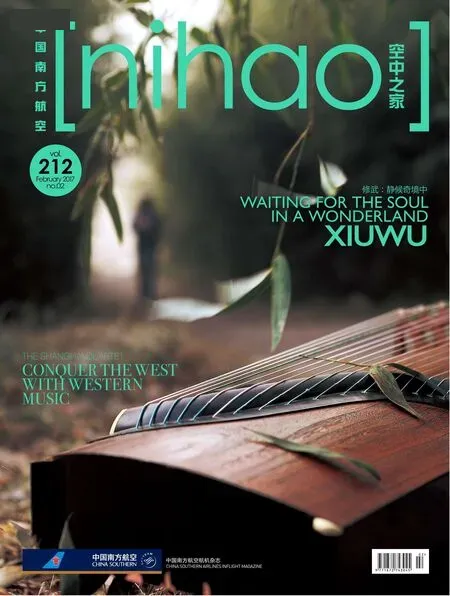CLIPS
CLIPS

Chagan Lake in northeastern China's Jinlin province is home to one of the most primitive fishing and hunting traditions in China. The Chagan Lake winter fishing tradition or festival dates back 10,000 years, when ancient Chagan Naoer people began to fish and hunt for a living in and around the lake. The festival is a combination of folk custom, religion and culture. Fishermen first drill many holes through the thick ice and then place net under the ice. The movement of fish can be tracked through the transparent layer of ice. The mesh size of the fishing nets used is specifically designed to ensure that young fish under the age of five years can swim freely through them and allow for future catches.
查干湖冬捕是一种古老的渔猎方式,早在一万年前,古老的查干淖尔人就在这里以渔猎为生。这种仪式是集民俗、宗教、文化于一体的藏传佛教祭祀活动。渔夫会在湖上厚冰钻多个钻孔来下网,然后透过透明的冰层追踪鱼群的动向。捕鱼的网的网孔遵照传统保持疏织,以确保鱼龄在五年以下的幼鱼可以游离渔网,以确保将来的渔获。

Pictured is one of a few rainbows that appeared beside a road in Xilinhot, a county-level city in northern China's Inner Mongolia, on January 10, 2017. The unusual scene of “rainbows in snowland” was created by the mix of sunlight and snow thrown into the air by strong winds that were raging at a temperature of 25 ℃ below zero.
2017年1月10日早上,内蒙古锡林浩特锡张公路旁边,出现了几道美丽的彩虹。当时气温是零下25度,加上五六级的大风把这草原上的积雪吹到空中,在阳光的照射下便产生了这奇特的“雪原彩虹”的难得景观。

Each winter, when reed flowers turn snow white and reed stems golden yellow, reed marshes in Dongting Lake will welcome tens of thousands of migrant reed cutters from poverty-stricken areas in Hunan, Guizhou and Sichuan provinces. They cut reeds for a living. Their harvest, when accepted, will be sold at the price of around RMB 800 per ton and delivered to paper mills.

